
Specialty Frits
SPECIALITY FRITS
Frit is crushed glass, ranging in particle size from a fine powder to fine, medium, coarse and mosaic. It is made from crushed, screened and cleaned COE tested sheet glass. It is used by artists as a coloring agent or used to created decorative effects when blowing glass or fusing. Often used to achieve the effect of painting on glass.Metallic Irid Frit
Metallic Frit is to give a silver/gold metallic shimmer in fused work. Doesn’t look like much in the bottle but once fused it will stand out. It IS different from rainbow irid frit. It looks best over dark colors or black to achieve the dramatic multi-layer metallic shimmer. It is available in Medium, Coarse and Mosaic sizes.Clear Rainbow Irid Frit
Rainbow Iridized adds a mother of pearl shimmer to your fused work. It is made from Iridized glass which has a surface treatment where a layer of metallic oxide is bonded to the hot glass surface just after the sheet forming, resulting in a colorful, shimmering effect.Red Reactive Frit
 Comes in both opal and transparent. This frit works with chemistry and heat to create stunning effects.
Red Reactive has elements that will react to the metal content in other colors and create unique color shifts and rings. A normal reaction would be a very thin line in a reddish hue around the added glass embellishments.
Reactive Guide – Oceanside Art Glass (oceansidecompatible.com)
Comes in both opal and transparent. This frit works with chemistry and heat to create stunning effects.
Red Reactive has elements that will react to the metal content in other colors and create unique color shifts and rings. A normal reaction would be a very thin line in a reddish hue around the added glass embellishments.
Reactive Guide – Oceanside Art Glass (oceansidecompatible.com)
DICHROIC FRIT
(this info from Coatings by Sanburg)
Dichroic coating is made by melting Quartz Crystal and Metal Oxides. These Materials are vaporized with an electron beam gun, and the vapor then attaches and condenses onto the surface of the glass, forming a crystal structure comprised of as many as 30 layers. Dichroic frit is not sheets of glass with a dichroic coated smashed up. It is already frit and then it is coated with a dichroic coating. That means that more of the surface is coated. Approximately 80%. It also comes in colors but the black and the clear are the most popular.



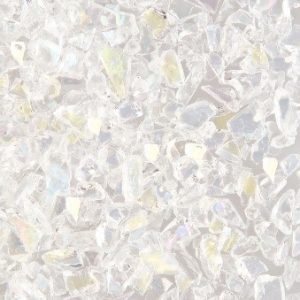

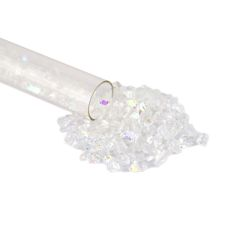





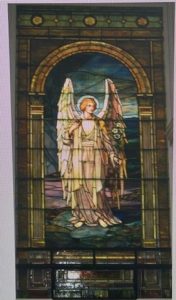







 Want to be notified when we publish a new blog post? Sign up
Want to be notified when we publish a new blog post? Sign up



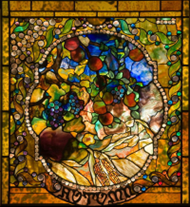


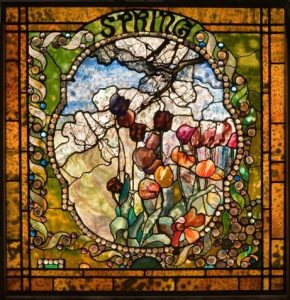



















 Edited on October 24, 2022 to add more photos of Fred's beautiful work:
Edited on October 24, 2022 to add more photos of Fred's beautiful work:








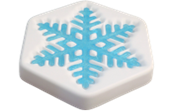

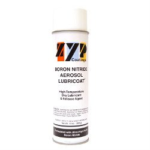








 There are many different glues that behave differently and have different uses. Let's take a look at a few!
There are many different glues that behave differently and have different uses. Let's take a look at a few!





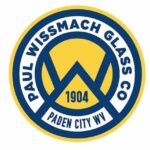
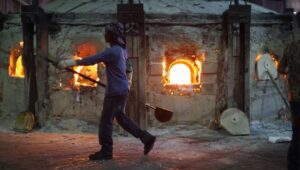 What I heard is that their extremely interesting furnace is now not operating and has been replaced with day furnaces. This is a round furnace with a down draft which I so wish I had seen while it was still operating. Kokomo was founded in 1888, making it the oldest producer of glass in the United States.
What I heard is that their extremely interesting furnace is now not operating and has been replaced with day furnaces. This is a round furnace with a down draft which I so wish I had seen while it was still operating. Kokomo was founded in 1888, making it the oldest producer of glass in the United States. The transition caused lapses in production, and we have not been able to stock as much as we would like. One of their key personnel retired after returning from a bout with Covid. Apparently Covid took its toll at Kokomo, which also slowed down production because of employees being absent. We have been assured that all is back on track, and we will be seeing more glass!
The transition caused lapses in production, and we have not been able to stock as much as we would like. One of their key personnel retired after returning from a bout with Covid. Apparently Covid took its toll at Kokomo, which also slowed down production because of employees being absent. We have been assured that all is back on track, and we will be seeing more glass!







